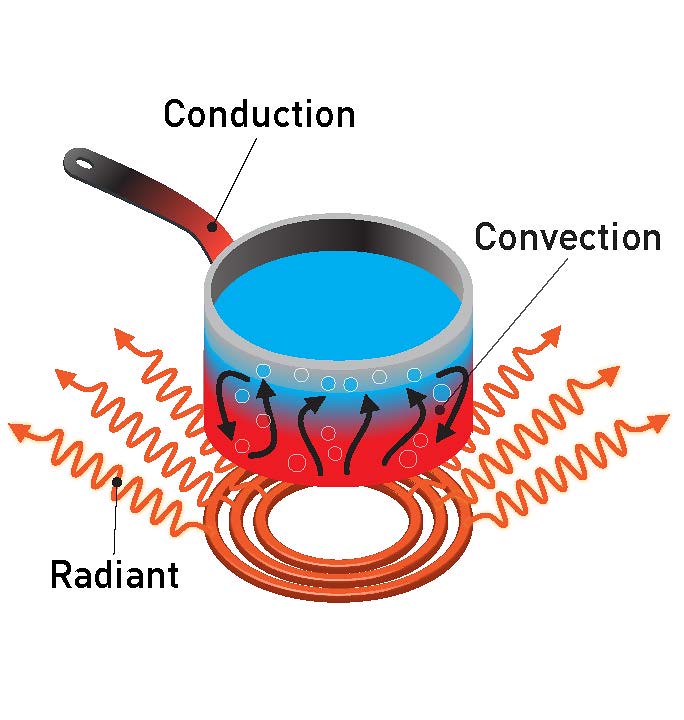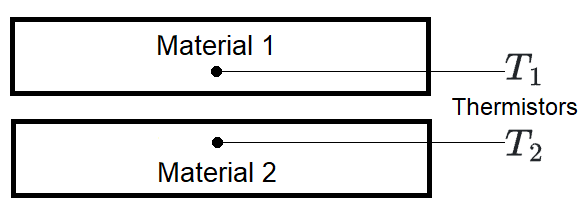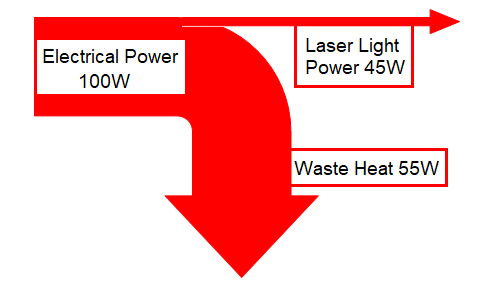
When operating a laser diode, proper thermal management is critical to avoid damage. A few key aspects to consider are the generation and dissipation of waste heat, laser diode operating temperature, and proper heatsinking. This article will focus on TO-Can packages, giving consideration to these key aspects and providing useful information for proper thermal management.
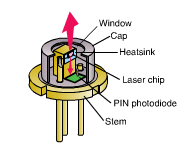
Waste Heat – Many customers do not appreciate the importance or the complexity of removing waste heat. Heat is the most significant cause of field failures, especially for higher power laser diodes. You must remove waste heat efficiently and instantaneously or the laser will be catastrophically damaged or, at a minimum, experience a shortened lifetime. One of our previous blogs, titled “Understanding Laser Diode Lifetime,” will provide further reading on some critical aspects that affect the lifetime of a laser diode, including die mounting, facet damage, and drive current.
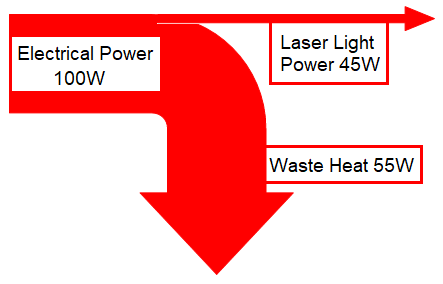
Effectively transferring heat between two surfaces, in this case between the base of the TO-Can package and the mounting surface of a heatsink, typically comes down to two main factors. These two factors are the thermal conductance of the package and heatsink materials and the thermal resistance (impedance) of the interface between the two. The higher the impedance, the lower the rate of heat transfer. Minor, even microscopic imperfections in the surfaces of the two components create tiny gaps when joining these surfaces together. Suppose these gaps are filled by an insufficient material such as air, with low thermal conductivity. In that case, the interface will exhibit a high thermal resistance, impeding the efficient transfer of heat from the package to the heatsink. There are some primary considerations when attempting to minimize the interface’s thermal resistance:
- How efficiently the materials conduct heat.
- How minimizing surface imperfections or introducing compression force can reduce gap size.
- How thermally conductive the material is, used to fill any remaining gaps.
The following equation is useful for calculating the thermal resistance or impedance between two materials using two temperature sensors (thermistors):
|
T = Temperature (oC) |
|
Operating Temperature – Most lasers have a recommended operating temperature and a location where this temperature is measured. Suppose you run a laser diode at a temperature higher than recommended. In that case, the lifetime of the laser will reduce exponentially as the operating temperature increases above the recommended temperature, perhaps to the point of catastrophic failure. Diode laser degradation accelerates with increased temperature. Operating at a temperature lower than recommended for many laser diodes can slightly increase the output power (higher efficiency), improve lifetime, or both. Therefore, one should minimize the operating temperature when feasible. However, lowering the diode laser temperature below 15 °C is only suitable in a hermetically sealed housing with a dry inert atmosphere (e.g., Nitrogen), as condensation will irreversibly damage laser diodes. For example, GaN (gallium nitride) and AlGaN (aluminum gallium nitride) laser diode facets will immediately oxidize when exposed to oxygen.
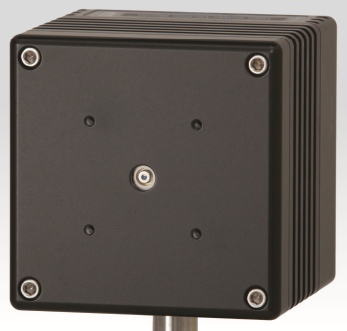
The best heatsink material is copper, but aluminum is also a suitable heat conductor. The surface should not be anodized in the region where the laser package contacts the heatsink if aluminum is used. The aluminum oxide anodized coating makes an effective thermal insulator which is detrimental for heat transfer. The heatsink surface should be machined flat and smooth where it will contact the mounting surface of the laser package to allow for efficient heat transfer. The heatsink surface should be finely milled or lapped (flatness: 0.5 μm, roughness: 0.5 μm), clean, and free of scratches to guarantee good thermal contact. High-quality, void-free bonding of the package to the heatsink lowers the overall impedance for efficient heat dissipation. For further reading on mounting and heatsinking pitfalls, check out our article, titled “The Three Most Common Mistakes When Mounting and Heatsinking a TO-Can.”
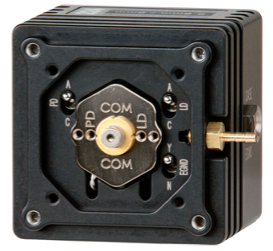
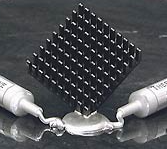
Temperature Drop Check – When testing out a heatsink configuration, it is wise to test the temperature drop between the laser package and the heatsink using a very small thermocouple touched to the base of the laser package. The temperature drop during laser operation should be only 1-2° C.
Wavelength Check – Another test for the heatsink configuration is to check the laser emission wavelength at the specified current and operating temperature. A much longer wavelength than specified on the datasheet supplied with the laser indicates bad thermal contact and thermal overload of the diode laser. Therefore, you must improve the thermal contact before continuing laser operation. The laser emission wavelength will change with operating temperature: the wavelength increases approximately 1nm for every 4° C temperature increase (~0.25nm/K). This value varies by wavelength.
Talk to a knowledgeable Product Manager today by emailing us at [email protected] or by clicking the button below!
Have questions?
Check out our Knowledge Center
See our Lasers 101 page and our Blog and Whitepaper collection for even more in-depth reading!

 SHIPS TODAY
SHIPS TODAY 